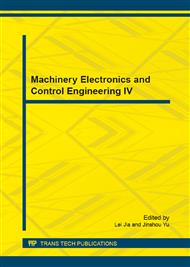p.24
p.29
p.34
p.39
p.44
p.51
p.56
p.60
p.64
Manufacturing Method of Increasing Hollow Steel Shaft Thickness Using Uniaxial Pressing
Abstract:
In manufacturing car components, the hollow parts manufacturing method is useful for reducing the product weight, especially in drivetrain parts such as long shafts. Long, hollow shafts should have middle portions with large diameters and thin walls and end portions with small diameters and thick walls in order to reduce weight while maintaining pipe strength.Generally, such long shaft parts are manufactured by reducing the end portion of the pipes with the equivalent diameter and desired hollow part thickness for the middle portion of the parts. It is difficult for manufacturers to successfully thicken the pipe wall locally by press forming because pipes buckle easily during the process. Using thick pipe is one way to prevent buckling, but when using thick pipes, we could not reduce weight much. Automotive industries have desired a manufacturing process that can reduce pipes (relatively thin pipes) without buckling.This paper clarifies the relationships among the forming conditions and the thickening ratio (thickness after forming / thickness before forming) in uniaxial press forming by experiments and finite-element simulation. Steel pipes with 39.0mm outer diameter and 7.6mm thickness were used in the experiment. The relationship between the thickening ratio and the forming load that depends on the die shape, lubrication, and slide motion of the press machine was investigated. An appropriate manufacturing condition that could reduce pipes without buckling was obtained. We clarified that the pipe wall thickness could be increased ten percent. The details of material flows in reducing pipes without buckling were discussed using finite-element simulation.
Info:
Periodical:
Pages:
44-50
Citation:
Online since:
December 2014
Keywords:
Price:
Сopyright:
© 2015 Trans Tech Publications Ltd. All Rights Reserved
Share:
Citation:


